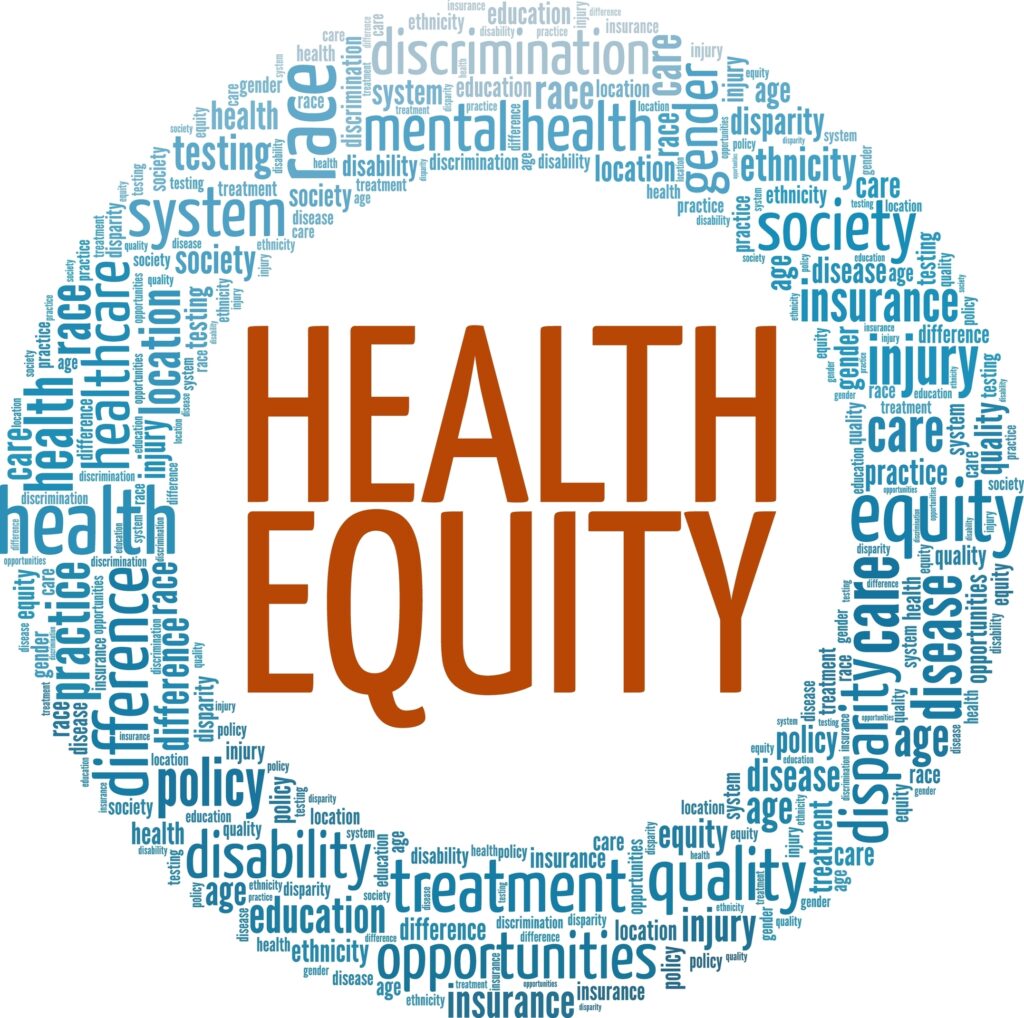Redefining healthcare: Priority Health’s aggressive approach to social determinants of health
Bridging the health divide: How health plans, analytics and tech innovators are tackling social inequities in healthcare.

Meeting a wide range of social needs that influence health for a population can require collaboration to identify and meet needs outside the bounds of a traditional healthcare organization.
That approach led Priority Health, a Grand Rapids, Mich.-based health plan, to work with a national nonprofit and a vendor offering SDOH-focused technology to increase its capacity to meet needs in its coverage area.
Priority says its “full lifecycle” social determinants of health initiative enables it to proactively identify social risk among its members, initiative culturally effective and appropriate engagement, and connect people with important resources to address their needs.
Assessing the impact
Part of the initiative also involves measuring the impact of its efforts to refine future efforts, says Shannon Wilson, vice president of population health and health equity for Priority. An update on the program was provided at the 2023 WEDI spring conference in mid-May.
The COVID-19 pandemic highlighted the divide between those who have means and those challenged by SDOH shortcomings. “The pandemic really exacerbated that for us here in Michigan,” Wilson says. “We knew we had to think outside of what was happening outside the walls of the healthcare system, to find those who need help, engage members to find out what members’ needs are and then meet them.”
With growing understanding that SDOH can be predictive of future health concerns, Priority began working with Socially Determined, a company that provides solutions that give insights into social risks in a community, and findhelp, a technology vendor that offers a customer-branded platform that provides connections to more than 600,000 social program locations in the U.S.
Socially Determined’s platform can quantify social risk factors and visualizes that risk exposure to staff at healthcare organization. At Priority, staff can use a “SocialScape Individual Spotlight" to see a visual representation of areas where an individual has social needs.
The SocialScape platform includes a wide range of information from outside sources, including raw data sources and elements from federal, state and local open data, commercial business data and a variety of analytics information, says Chris Talley, director of strategic solutions for Socially Determined.
Once individuals’ needs have been identified, then case managers or staff can leverage a findhelp button on the same screen to begin the effort of addressing the SDOH risk domain to find appropriate resources for that member within their ZIP code.
Quantifying the outreach
Priority Health is using the expanded capabilities to create social needs profiles for more than 160,000 Medicaid members in its programs. By use of the tools, the organization can reach more than 88 percent of new Medicaid members “in culturally appropriate ways", Wilson contends. For example, Priority had documented that it had addressed the needs of more than 1,400 members in a 90-day period before the WEDI presentation. Since inception of the program, social needs for more than 30,000 members have been met.
Those needs are often not immediately obvious – for example, through building out a community profile for members in Grand Rapids, the system was able to determine that health literacy was the greatest need, and it’s currently co-creating a health literacy curriculum with the community, Wilson adds.
Working with partners and linkages to community organizations helps close the loop, first aiding in identifying social needs for care and then taking full advantage of appropriate resources within the community, Wilson says.
Priority can use analytics to focus its actions and then measure the impact of its work. It can use data to focus on needs, filtered by county, city or ZIP code. And it can employ different visualizations to help understand the overall health of those in the network, Wilson adds.
“The integration is the most important aspect, so that we know we are not building data silos as we move forward,” she says. “It makes all of the data actionable, and it is integrated so that Priority can work on needs cross-functionally.
Priority is working to build a case for the return on the investment, and that calculation may involve better understanding the number of referrals it can keep within the network, as well as comparing resource utilization data in the program with data from before its inception, Wilson suggests.